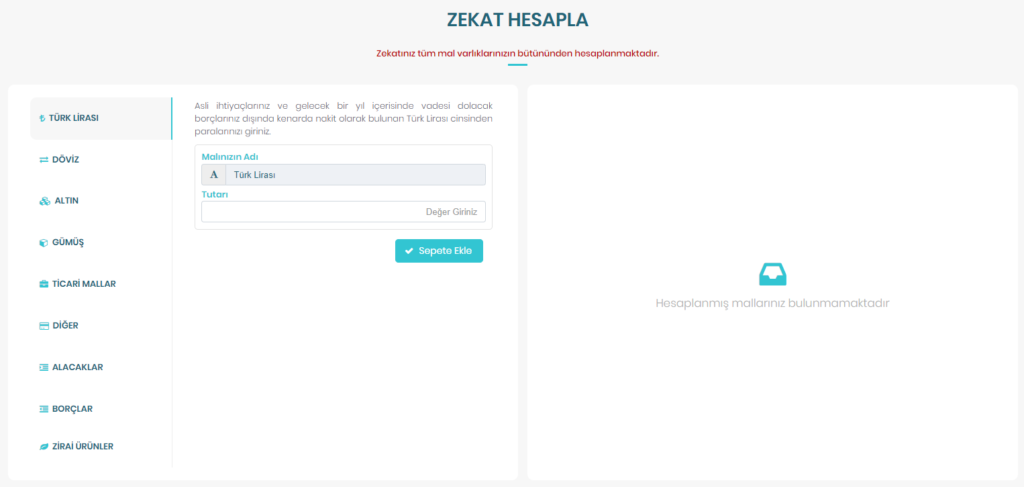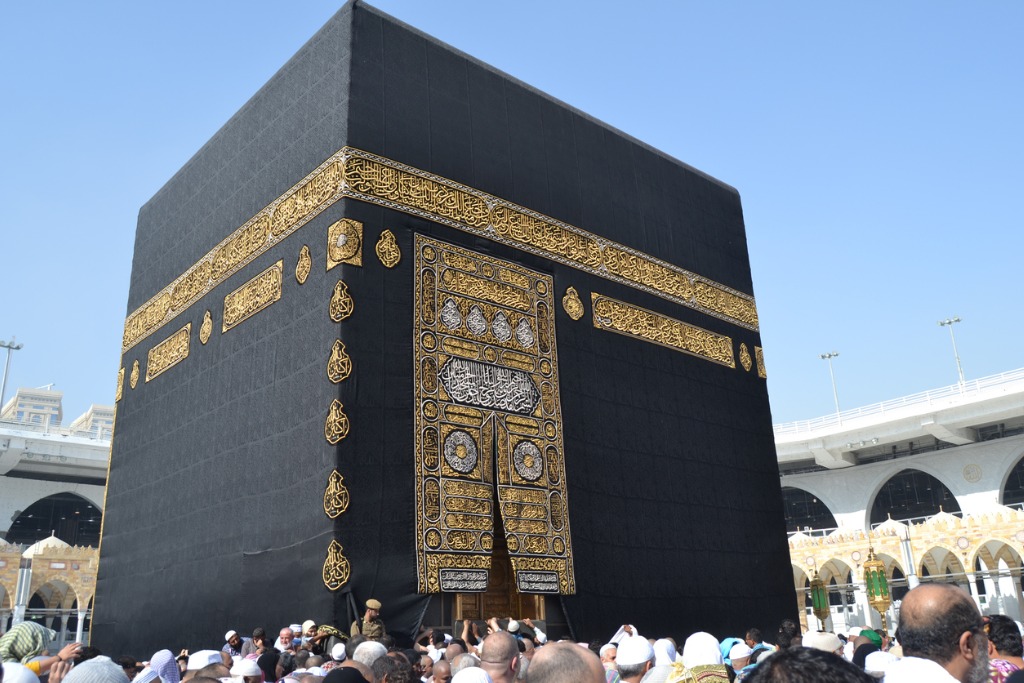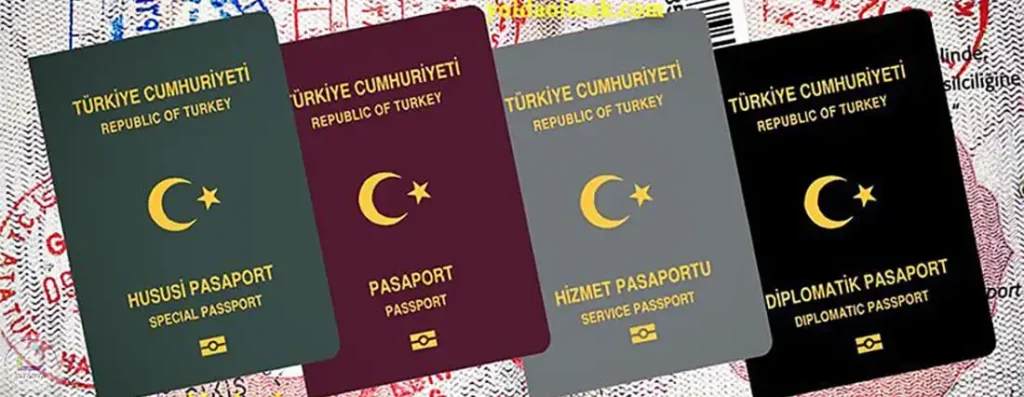Essentials to Know About Hajj
What is Hajj?
Hajj, one of the fundamental principles of Islam, is an obligatory pilgrimage for Muslims who are physically and financially able to undertake it at least once in their lifetime. However, the obligation to perform Hajj once in a lifetime does not mean it cannot be performed more than once. There may be some disputes about the measure of financial capability, but generally, it implies that a person should have assets reaching the threshold amount, sufficient financial resources to go to Hajj and return, and have provided for the livelihood of those they are responsible for.
Calculating the Threshold Amount
To calculate the threshold amount, you can use the official website of the Presidency of Religious Affairs (Diyanet İşleri Başkanlığı).

Types of Hajj
There are three types of Hajj:
1-Ifrad Hajj: The person performing this Hajj is called a Mufrid Haji. They intend only for Hajj when entering Ihram. Those residing in Mecca can only be Mufrid Hajis.
2-Qiran Hajj: The person performing this Hajj is called a Qarin Haji. They combine the intention for Hajj and Umrah. They first perform Tawaf and Sa’y for Umrah, then, without removing Ihram or shaving, they perform Tawaf and Sa’y again during the days of Hajj.
3-Tamattu Hajj: The person performing this Hajj is called a Mutamatti Haji. During the Hajj months (Shawwal, Dhu al-Qa’dah, and the first ten days of Dhu al-Hijjah), they enter Ihram for Umrah, perform Tawaf and Sa’y, shave, exit Ihram, and return to their hometown. In the same year, before the Terviye day or earlier, they enter Ihram again for Hajj like a Mufrid Haji. However, they perform Sa’y again after Tawaf al-Ziyarah. It is obligatory for Qarin and Mutamatti Hajis to sacrifice as a sign of gratitude. Those who cannot find or afford sacrificial animals during their Tamattu or Qiran Hajj should observe fasting for three days during Hajj and seven days after Hajj, totaling ten days. The first three days must be observed in Mecca after entering Ihram, within the Hajj months, and before the first day of Eid al-Adha. It is preferable to delay these three days until the last possible moment, completing them on Arafat day, namely on the 7th, 8th, and 9th days of Dhu al-Hijjah. In Tamattu Hajj, these fasts can be observed even after entering Ihram for Hajj, not just after Umrah Ihram.

Difference Between Hajj and Umrah
HAJJ
- The Hajj Pilgrimage: The Hajj ritual was ordained in the 9th year of the Hijra. In Arabic, “Hajj” means “to go, to turn towards, or to visit someone honored.” It is one of the five fundamental tenets of Islam.
- Hajj Months: The months designated for Hajj are Shawwal, Dhu al-Qa’dah, and the first ten days of Dhu al-Hijjah. Before the Hajj months, entering Ihram for Hajj is not permissible. If Ihram is assumed prematurely, it is not considered valid for Hajj, emphasizing the significance of the timing in the Hajj journey.
- Differences Between Hajj and Umrah: Unlike Umrah, during the Hajj pilgrimage, there are specific obligatory and recommended acts such as entering Ihram with the intention of Hajj, standing at Arafat on the eve of Eid al-Adha, stoning the devil at Mina, and performing the circumambulation of Kaaba.
- Obligatory and Recommended Acts in Hajj: While there are some variations among the Hanafi, Shafi’i, Hanbali, and Maliki schools of thought regarding the obligatory and recommended acts in Hajj, you can find detailed information in reliable Hajj and Umrah guidebooks or visit https://portal.salambooking.com/tr/umre-hakkinda-her-sey/ for comprehensive details.
UMRAH
- Umrah means “to visit,” and it is a pilgrimage that can be performed at any time of the year, excluding the days of Hajj.
- Performing Umrah at least once in a lifetime is considered a confirmed sunnah in the Hanafi and Maliki schools of thought, while it is regarded as obligatory in the Shafi’i and Hanbali schools.
To perform the Umrah ritual, one must enter the state of ihram before reaching the miqat boundaries. Subsequently, reciting the talbiyah, takbir, tahleel, and salutations, the pilgrim proceeds to the Holy Sanctuary in Mecca. After circumambulating the Kaaba, the pilgrim performs the ritual of sa’i between the Safa and Marwah hills. Following this, the pilgrim shaves the head or trims the hair, thereby completing the Umrah rites and exiting the state of ihram.
During the Umrah journey, pilgrims visit the sacred sites in both Mecca and Medina. Pilgrims in the holy land spend the majority of their time in worship.
Ihram: What is it?
Ihram is a fundamental condition required for the validity of both Hajj and Umrah rituals. The performance of Hajj and Umrah is not possible without entering into Ihram.
Ihram signifies the act of making certain permissible things forbidden within a specified time frame when a person intends to perform Hajj or Umrah.
The essential requirement for Ihram is to have the intention of performing Hajj or Umrah and reciting the Talbiyah. These two actions must be performed together.

Tawaf: What is it?
Tawaf, linguistically, refers to circumambulating or walking around an object. In the religious context, it signifies the act of circumambulating the Kaaba seven times. Each round around the Kaaba is called a “shawt,” and seven shawts constitute one Tawaf.
The obligatory actions (Wajib) during Tawaf are as follows:
- Initiating Tawaf from the Hajar al-Aswad (Black Stone).
- Taking Kaba to the left and proceeding towards the Rukn-e-Iraqi (the corner facing Iraq).
- Walking during Tawaf unless one is physically unable.
- Performing Tawaf outside the Hatim area, which is an uncovered portion adjacent to the Kaaba.
- Maintaining a state of ritual purity (having ablution) during Tawaf.
- Performing a two-unit prayer (Rak’ah) after completing Tawaf.
It is crucial to fulfill these obligatory actions during Tawaf, and neglecting any of them requires atonement. If any of the obligatory acts are omitted, the Tawaf must be repeated, and the penalty is lifted upon the completion of the correct Tawaf.
The recommended actions (Sunnah) during Tawaf are as follows:
- For the first three circuits of Tawaf, specifically during the Tawaf of Arrival (Tawaf al-Qudum) and the Tawaf of Farewell (Tawaf al-Wida), men should perform “Iztiba.” This involves wrapping one end of the upper garment of Ihram around the right side under the arm and draping the other end over the left shoulder, leaving the right shoulder exposed.
- During the Tawaf of Arrival and the Tawaf of Farewell, men should perform a distinctive and lively walk known as “Ramal” by slightly moving their shoulders.
- In each circuit of Tawaf, if possible, it is recommended to kiss or touch the Black Stone (Hajar al-Aswad). If this is not feasible, a symbolic gesture of greeting, known as “Istilam,” can be performed from a distance.
- After the Tawaf prayer, it is recommended to supplicate near the Station of Ibrahim (Makam-ı İbrahim).
It is discouraged to omit the recommended actions of Tawaf without a valid excuse. However, if these recommended actions are omitted without a valid excuse, there is no penalty, though it is still considered undesirable.
Saudi E-Visa
Turkey has been included in Saudi Arabia’s electronic visa system. With the new visa application, Turkish citizens can obtain a Saudi Arabia visa electronically, valid for one year and allowing a stay of up to 90 days. The Saudi E-visa can be acquired online or at any airport in Saudi Arabia. For more detailed information about the Saudi E-visa, you can click here to review our detailed article.

Non-Lottery Hajj Visa
Every year, thousands of individuals participate in the lottery draw to fulfill their pilgrimage duty and hope to be selected in the draw for the chance to visit the holy lands.
The quota in the lottery system is determined based on the population increase and density of Saudi Arabia, relying on the Hajj Protocol signed with each country. The annual quota set by Saudi Arabia corresponds to approximately one thousandth of the country’s population. In the latest protocol signed for Turkey, the annual Hajj quota consists of approximately 90,000 individuals.
A significant portion of this 90,000 quota is allocated to the Directorate of Religious Affairs (Diyanet), while the remaining portion is distributed among travel agencies. However, due to the excess number of Hajj applications in Turkey, individuals may find themselves waiting for lottery results for years.
Another option is the non-lottery Hajj opportunity, also known as “Special Visa Hajj.” Those considering going for Hajj without participating in the lottery should take note of a crucial point: opting for the non-lottery Hajj does not undermine the rights of those waiting for their turn in the lottery. Individuals intending to go for the non-lottery Hajj can apply to Salam Booking to obtain a Special Hajj Visa, which they can request from the Saudi Arabian consulate in Istanbul or Ankara. With the obtained Special Hajj Visa, individuals can fulfill their pilgrimage duties without waiting for lottery results.
Another important aspect is that individuals who go for the non-lottery Hajj maintain the right to perform Hajj again if they are later selected in the lottery. Going with a Special Hajj Visa does not preclude the chance to participate in the lottery and perform Hajj if selected.
Required Documents for Hajj
Among the necessary documents for Hajj, having a passport valid for at least 7 months from the date of travel is essential. Additionally, applicants must provide 2 passport-sized photographs, a photocopy of the front and back of their national identity card, and an original “population registration sample” obtained from the civil registry for children who will be going to Hajj under their father’s supervision.
*The required documents must be submitted at least 15 days before the departure.
For more information on e-visas, you can click here to read our Frequently Asked Questions article.

